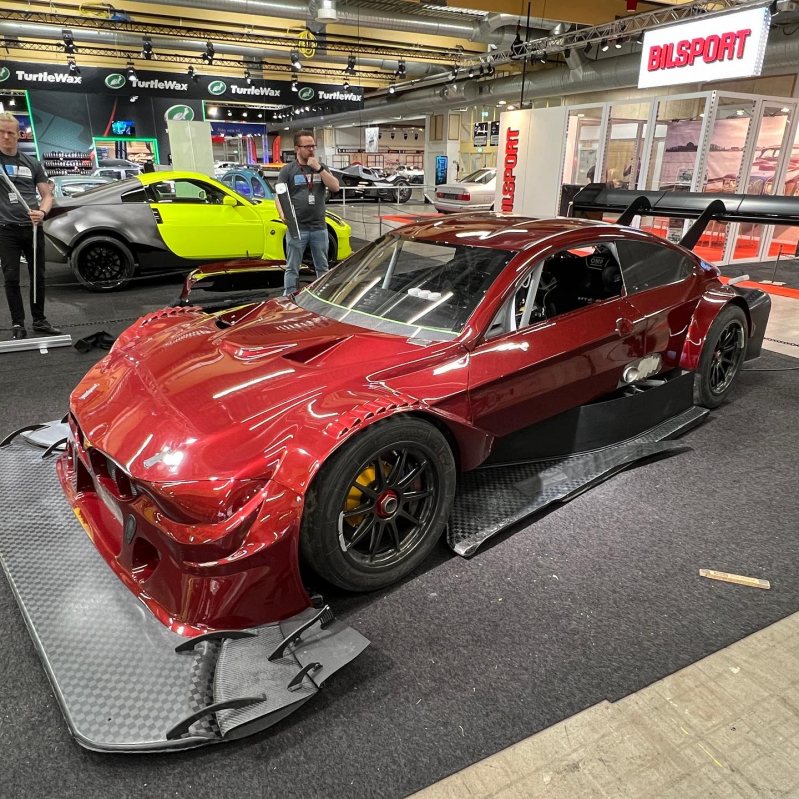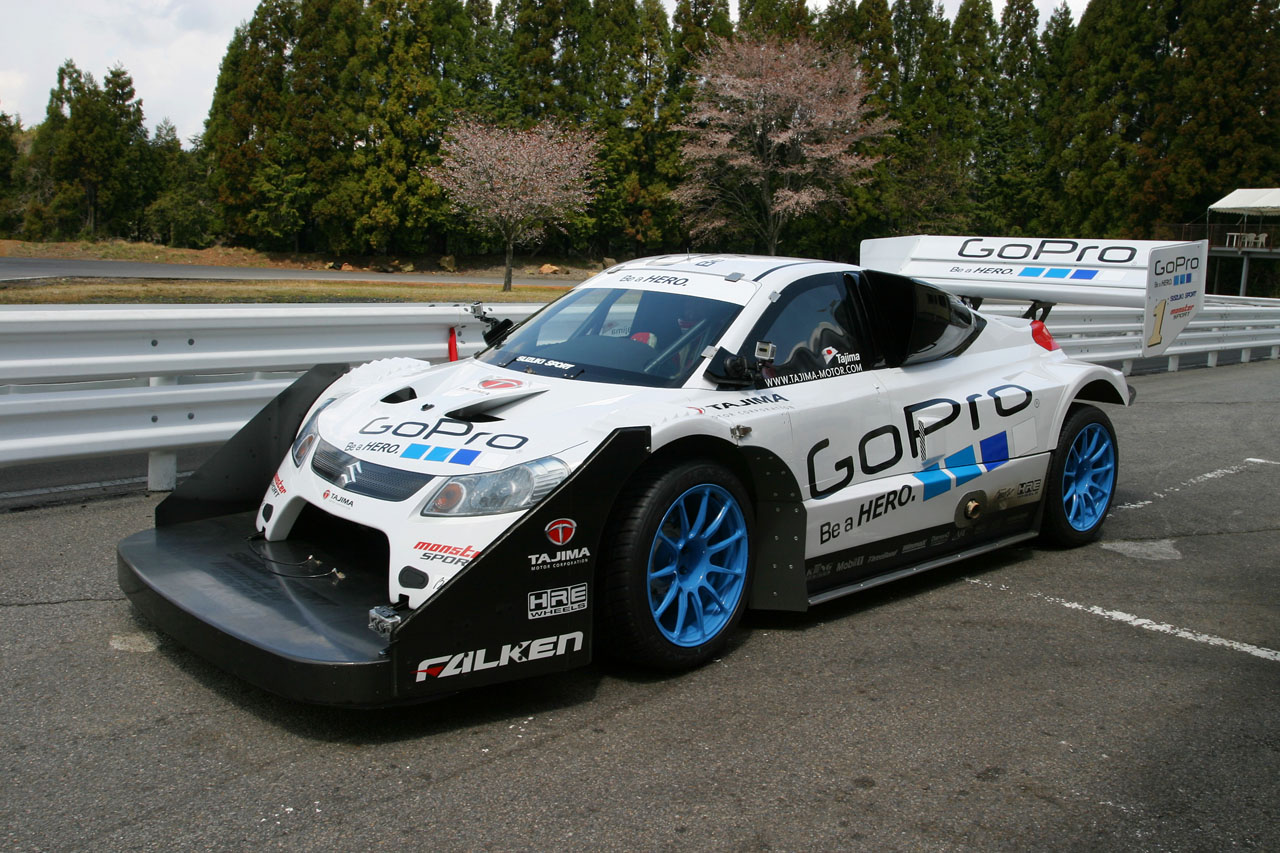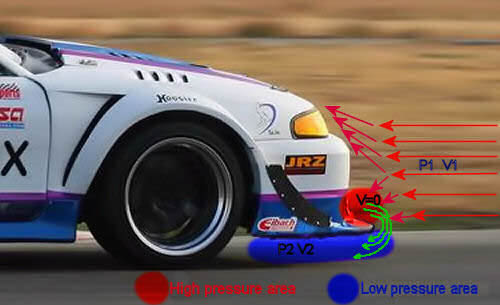I've seen several cars on the IG that have INCREDIBLE engineering, fabrication, and $$ in them with incredibly large front elements.
That's not unusual, large 15-20" cord wings or splitters with diffusers are pretty common. Even for cars with more "modest" depth front splitters the actual splitter length when including the part under the bodywork can be quite large.
But what seems to be different about these is they are entirely in front of the body work and are incredibly flat.
An example (Not picking on it, this car is incredible and I am sure it will be insanely fast) is the Nuked Performance M4.

The front element is massive, and protrudes in front of the car completely. It appears to have some amount of curvature to it's underside, but it is not massively "wingshaped". They posted some pictures in the last few days of it's shakedown and it is incredibly low and very thin and very paralell to the ground.
It looks like it's an Airfoil with almost 0 Camber, 0 AOA, and something like a ~20:1 chord to thickness ratio
So whats going on here? I'm assuming it's Aerodynamically correct because again given the rest of the car they are doing things right.
Is it an efficiency thing? Very small delta P generated over HUGE area so the front element doesn't have to be more aggressive?
I am an Aero novice, but when things are explained to me I am capable of understanding them so I am curious. This seems to be the way Time Attack Cars are moving. Feras Qartomy's Gridlife Unlimited wining Corvette is similar, but doesn't seem to have as large of a Chord to thickness ratio.

The LMP360 front element that I currently have is a "prototype" placeholder. My plan has always been to re-build it more "correct". I had assumed that would be basically the same shape but with a properly designed multi element Airfoil section in the middle, with diveplanes outboard and above the foglights. However these elements people are using make me think I can gain some more advantage to the area outboard of the inner element if I understand what they are doing. I realize my car is a little unique compared to these in that I can do more with the area between the wheels and the nose, but Learning new things never hurt.































